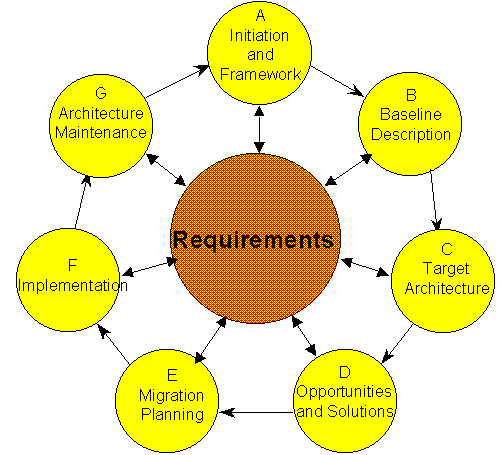Most of PLM blogs tells these days whenever I come across any PLM blog posts about PLM, the first impression I get is that PLM Implementations are real challenge to take and nothing but failures. There are many blogs which say where, why and how it fails. But there are no PLM blogs ever address these implementation failures or real needs/requirements of PLM Projects.
I get clear understanding that organizations need to implement PLM to address their challenges and later issues will be solved. Is it really true?
PLM Vendors, PLM Implementing teams and PLM Customers need to set a process of implementation usually, what should be the methodology? What should be the road map? Which people are required at many stages of PLM Implementation? Those I already mentioned in my previous posts.
Many have worked on various PLM tools over various domains; I worked in PLM implementation for Plant Design domain and I just want to highlight success stories of my two implementations after all discussions over failures, difficulties and limitations.
I have worked for a client in Energy and Plant Design domain, an EPC compnay, on
Enovia SmarTeam Implementation integration with CATIA V5 for Energy Plant Design industry: where I have got breakthrough and is stating as follow
Project & Technical Lead Role:
Participate in client discussions, understand problems faced by client and articulate same to internal stakeholders to develop effective solution.
Participate in client discussions, understand problems faced by client and articulate same to internal stakeholders to develop effective solution.
>Bring in best practices of industry and provide options & Develop proposal.
>Prepare As-Is and To-be documentation, Technical Scope preparation.
>Provide inputs based on secondary research in Clients Environment.
>Give inputs on solutions; based on areas of expertise.
>Conduct product demonstration and Training on PLM product with Acceptance test Plan document and configuration as per Technical scope.
>Analyse the requirements by demonstrating strong process, solution & product knowledge, IT scenario, implementation and technology constraints, look at end to end perspective with implications in related functional & product areas.
>Lead solution in all engagements and review work of team members as per project schedule.
>Plan activities for configuration, conduct conference and prepare configuration and Project completion Report.
>Customer offline Technical Support & Troubleshooting
Accomplishments:
*Plant Design Layout methodology Establishment in ENOVIA SMARTEAM system,
*Full CATIA Catalogue Management with ENOVIA SMARTEAM,
*CATIA Piping Design Integration and Management with ENOVIA SmarTeam,
*CATIA HVAC, Electrical & Civil Structure Module ENOVIA SMARTEAM Integration
*Brought in Best working Methodology
Accomplishments:
*Plant Design Layout methodology Establishment in ENOVIA SMARTEAM system,
*Full CATIA Catalogue Management with ENOVIA SMARTEAM,
*CATIA Piping Design Integration and Management with ENOVIA SmarTeam,
*CATIA HVAC, Electrical & Civil Structure Module ENOVIA SMARTEAM Integration
*Brought in Best working Methodology
It is almost two years project and after all initial difficulties, failures; the implementation went successful and live 1.5 years back and still as of today it is working fine and I am very happy to state here that Implementing ENOVIA V5 SmarTeam and CATIA V5 integration in Energy and Plant Design domain is first in the history and its working fine.
Bye for now,
Anil Kumar J R



















